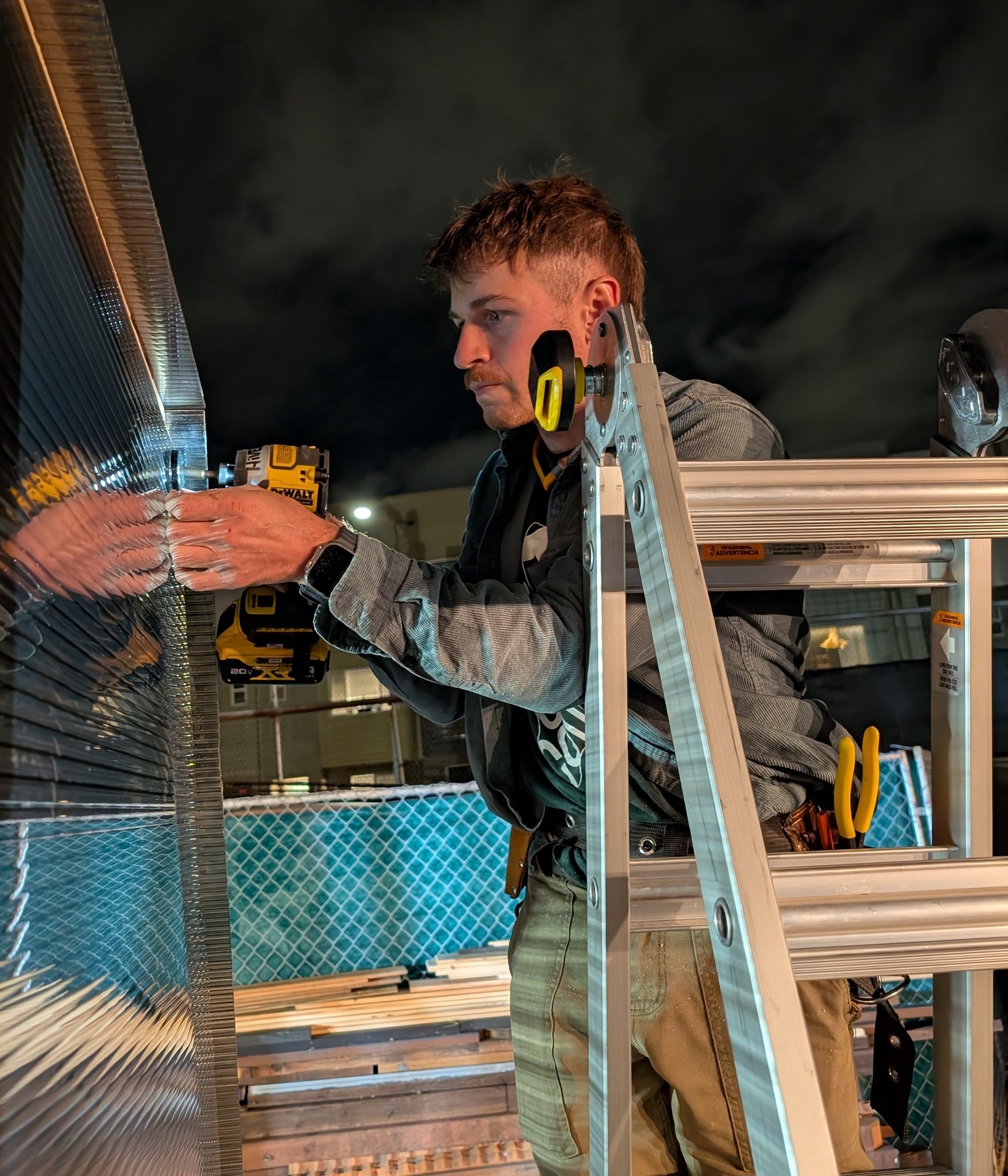
jacob.t.seeley@gmail.com
As of November 1st, 2025, I am no longer employed as a climate researcher. I was previously funded by the NSF to study convective clouds in very warm and moist atmospheres, but that funding has been cut by the current administration.
Instead of seeking more funding to continue in climate research, I am focusing on building solar energy infrastructure. My main outlet for this is Kingdom Sun, the company I co-founded, which specializes in building solar carports made of locally-sourced timbers.
In my decade+ of climate research, I wrote papers that connect the basic building blocks of atmospheric physics to the emergent phenomena of planetary climate, using a hierarchy of tools ranging from pencil-and-paper theory to numerical simulation. I particularly focused on clouds, radiative transfer, and severe weather.
I got my PhD in December 2018 from the Dept. of Earth and Planetary Sciences at UC Berkeley, where my advisor was David Romps. Prior to graduate school, I studied physics and philosophy at Haverford College.
News
January 2025
I have a new paper out in the Planetary Science Journal that explores the tropospheric temperature structure and cloud behavior in atmospheres where the condensible component (e.g., water vapor) is heavier than the background gas.
March 2024
Robin Wordsworth, Keith Shine, and I have a new paper out in the Planetary Science Journal that derives the "triangular" shape of the CO2 15-micron band from the molecule's underlying quantum mechanics. By combining this new understanding with results from prior work (here and here), we derive a first-principles analytical estimate of CO2 radiative forcing.
November 2023
I'm a coauthor on two recent papers: The first, led by Guy Dagan of the Hebrew University of Jerusalem, shows that the "episodic deluge" convective regime persists in large domains and in the presence of a large-scale overturning circulation; The second, led by Matthew Henry of Exeter University, shows that changes in the distribution of relative humidity flatten the "bump" in climate sensitivity seen in simpler models.